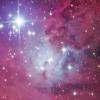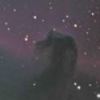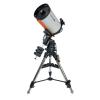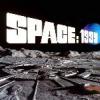Make sure that your gain and offset are identical to your light frames. If you use Gain 200 flats with gain 75 lights, you'll end up over or under-correcting. I have a cheap tracing light panel I use with a piece of white acrylic plastic to diffuse and then use sheets of white paper to dim out as needed. For my narrowband filters, I typically have to be on the highest light setting, and on the lowest for my LRGB ones.
After I find the right timings to get to the ADU value I like (between 15k and 25k depending on the filter), I set up a sequence to take flats for each filter, and in the event settings I place a sequence pause with a note of what power level and how many sheets of paper I need. I create another target for taking flat darks that match the timing and gain of the flats that have another pause and note to cover the scope. Saving that sequence allows me to reliably take all my flats in a quick go after each session. That and my dark library for the light frames covers all the calibration files I need for the ASI1600.



















